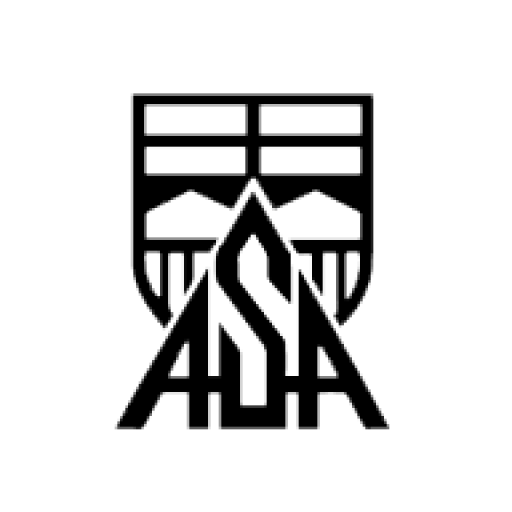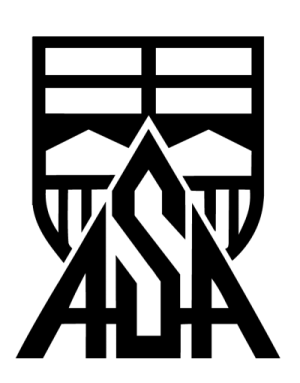
Interiors

Crowsnest Past
Dates
July 15, 2023 – August 13, 2023
Venue

Drumheller
Dates
October 1, 2023 – October 31, 2023
Venue
Western GM Drumheller Art Gallery
80 Veterans Way
Drumheller, AB
(Located in the Badlands Community Facility)
ABOUT THE EXHIBITION
The Alberta Society of Artists is excited to present “Interiors,” a traveling exhibition of visual artworks from a varied selection of Alberta Artists. This exhibition will be displayed at the Crowsnest Pass Public Art Gallery and the Western GM Drumheller Art Gallery. All presented works were selected from submissions to the Alberta Society of Artists’ call by a blind Jury.
“We all live in interior spaces whether it be in an urban or rural environment. We probably spend half of our lives there. We also observe the exterior of other people’s interior environments. These experiences can become metaphors for ourselves whereby we examine our interior spaces.”
The Artists
Artists are listed alphabetically by First Name. Artist’s name followed by “ASA” denotes a Juried or Life Member of the Alberta Society of Artists (ASA).
|
|
See the exhibition works, including the Artists’ statements, below. Use the arrows on the left and right sides to navigate through the 17 works, or use the small dots below the images to jump forward.
About the Land
“Interiors“ features works from all over Alberta, with many Artists having connections to cultures and lands worldwide. This exhibition will be travelling between Crowsnest Pass and Drumheller.
The Alberta Society of Artists (ASA) acknowledges that what we call Alberta, where our organization has found its’ home, is the traditional and ancestral territory of many peoples, presently subject to Treaties 6, 7, and 8. Namely: the Niitsitapi (Blackfoot) Confederacy (Kainai, Piikani, and Siksika), the Nehiyawak (Cree), Dene Tha’ (Slavey), Dane-zaa (Beaver), Denesuliné (Chipewyan), Saulteaux, Nakota Sioux, Iyarhe Nakoda (Stoney) (Chiniki, Bearspaw, and Wesley), and the Tsuu T’ina Nation and the Métis People of Alberta. This includes the Métis Settlements and the Six Regions of the Métis Nation of Alberta within the historical Northwest Metis Homeland.
The Crowsnest Pass Public Art Gallery (located in Frank) is the first host of this exhibition and is located on Treaty 7 territory, a traditional gathering place for diverse Indigenous peoples, including the Blackfoot Nations (Piikani [Peigan], Kainai [Blood], and Siksika [Blackfoot]) and the Tsuu T’ina. This area was also traditionally used by the K’tunaxa (Kootenay) people, who now reside in southeastern British Columbia.
The Drumheller Public Library (the facilitating organization in Drumheller) and the second host of this exhibition respectfully acknowledges that we are on Treaty 7 territory, the ancestral and traditional territory of the Blackfoot Confederacy — Kainai, Piikani, and Siksika — as well as of the Tsuut’ina First Nation and the Stoney Nakoda First Nation, and on the traditional territory of the Métis Nation of Alberta, Region 3. We recognize the land as an act of reconciliation and gratitude to those on whose territory we reside. https://nctr.ca/
Are you interested in learning more about the First Peoples of Alberta?
native-land.ca has an interactive map showcasing many of the Territories, Languages, and Treaties that impact Alberta, Canada and other parts of the world.


















